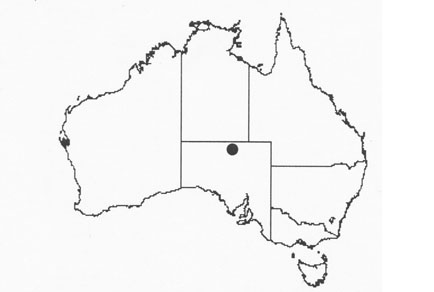Abstract
The gastropod genus Caldicochlea, with two recognized species C. harrisi and C. globosa, is endemic to Dalhousie Springs, an artesian spring system in arid northern South Australia. A previous study using allozymes showed that C. harrisi is found in most of the active outflows but C. globosa is confined to the larger, hotter springs in the northern third of the complex where the species are sympatric and that hybridization may be frequent in only two springs. The evolutionary relationships within Caldicochlea were investigated using 16S ribosomal RNA (16S: 75 sequences) and cytochrome c oxidase I (COI: 27 sequences). Clades corresponding to the two species are seen in both the 16S and COI analyses, the average Kimura 2- parameter distance between the clades being 0.028 ± 0.007 for 16S rRNA and 0.040 ± 0.016 for COI with no evidence that the recognized taxa represent species complexes. Only four of 22 16S haplotypes in C. harrisi were found in more than one spring and only two of 12 in C. globosa. No COI haplotype was found in more than one spring. In one spring where earlier research suggested that interbreeding may occur, all scored DNA sequences belonged to the C. harrisi clade and in the other such spring all scored sequences belonged to the C. globosa clade. The data do not clarify whether the time of primary divergence between the species occurred in situ at Dalhousie Springs. The absence of suitable habitat refugia since the onset of Pleistocene aridity suggests that the species have been sympatric or parapatric over tens of thousands of years, raising questions as to how an incomplete reproductive isolation can be maintained and how both species could persist in such a geographically restricted area.

